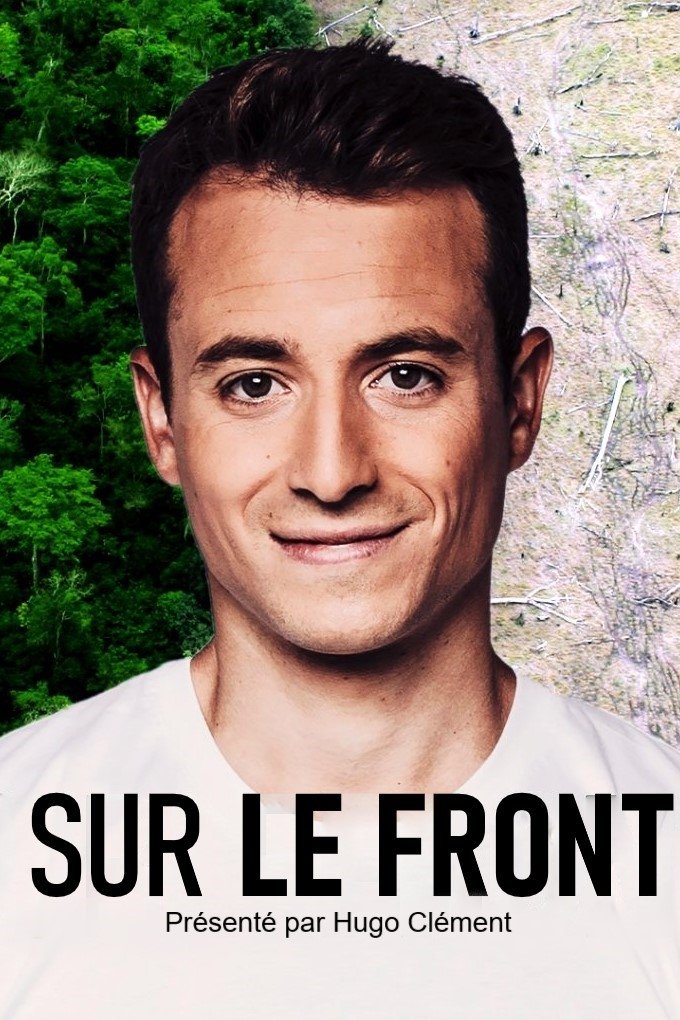

From infinitely small to super-predator, from the earthworm to the whale, from the blade of grass to the giant tree, Vibrant takes you on a journey to discover the biodiversity one country can host. Through the breathtaking natural environments of France, it is an exploration of the pyramid of life. It is also, and above all, an opportunity to marvel at these species capable of a thousand feats, subtly connected to each other and of which the human being is an integral part. A link that we have too often forgotten and that it is time to reweave.

A young man pens a deeply personal letter to his "mother," expressing gratitude and seeking forgiveness. Yet, this isn't just any mother, she's the one we all share, the one we can't live without.

David Attenborough and scientist Johan Rockström examine Earth's biodiversity collapse and how this crisis can still be averted.

With a million species at risk of extinction, Sir David Attenborough explores how this crisis of biodiversity has consequences for us all, threatening food and water security, undermining our ability to control our climate and even putting us at greater risk of pandemic diseases.
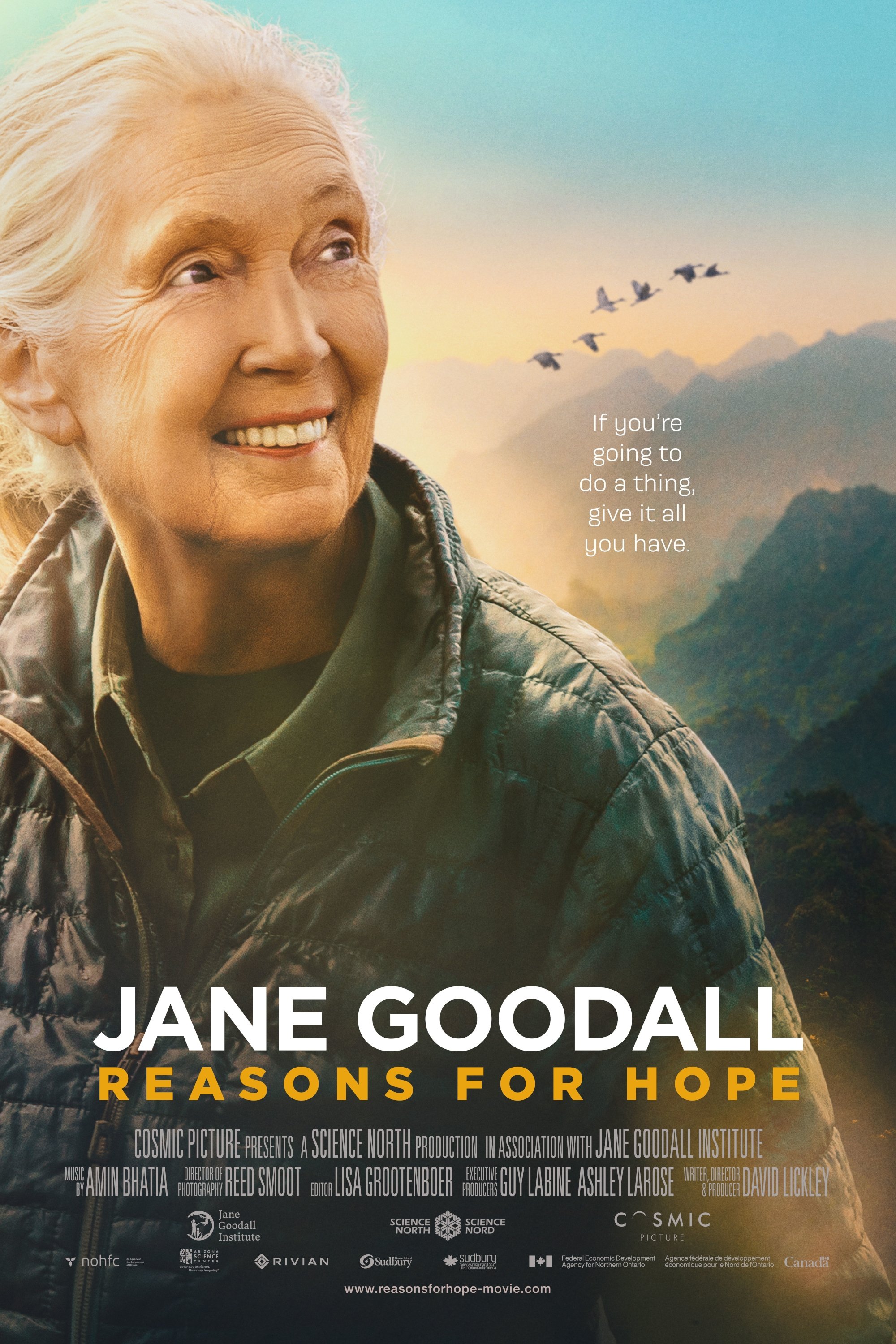
Jane Goodall-Reasons For hope is an uplifting journey with stories to inspire people to make a difference in the world. Three different conservation stories illustrate Jane's pillars of hope.
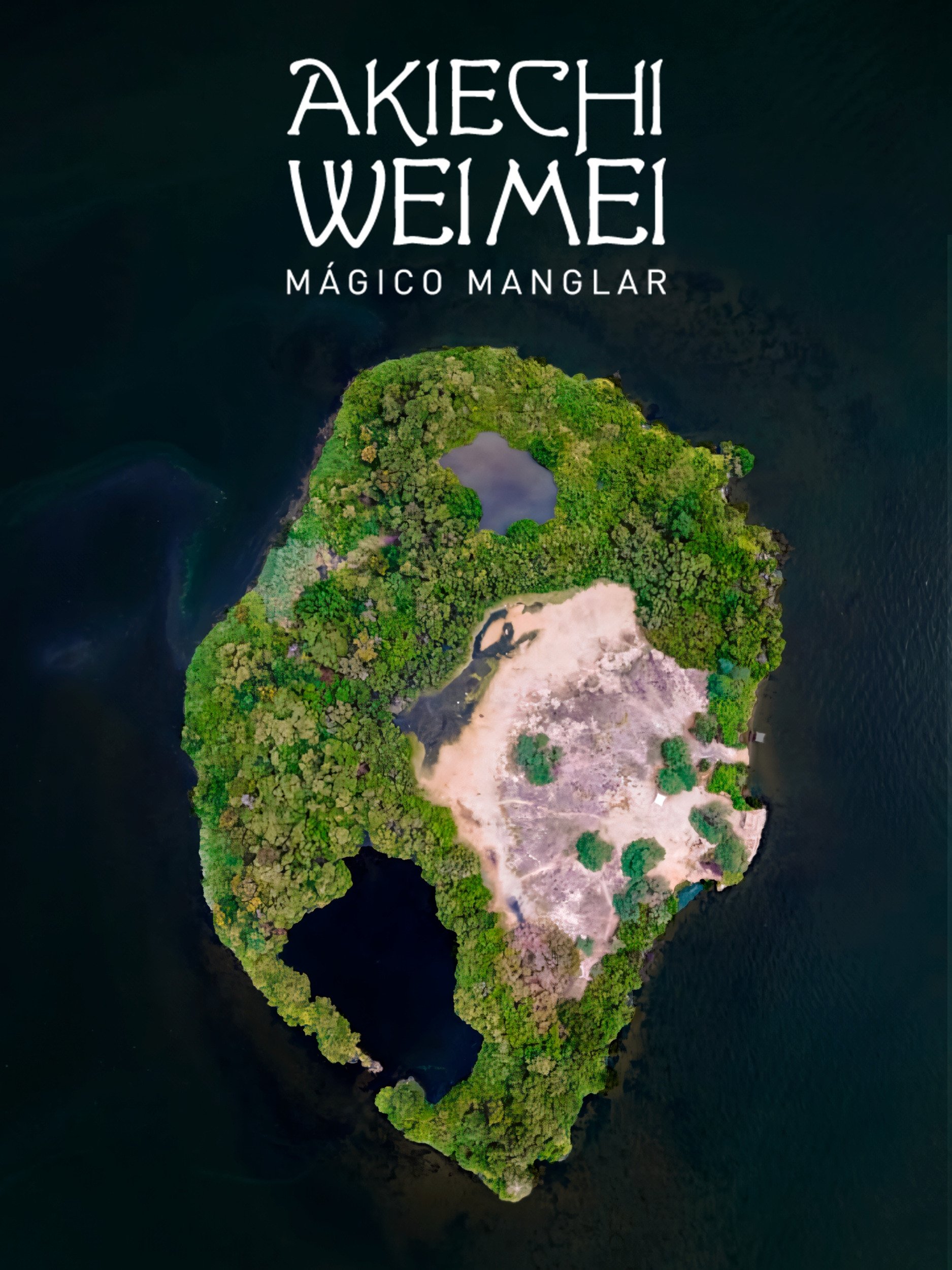
Exploring the history, biodiversity and current affairs of Akiechi Weimei (Magical Mangrove Island) on the shores of the Lake Maracaibo in Venezuela.

„The Fabulous Insects – Beetles“ presents colourful and bizarrely shaped species as well as the largest beetle in the world, in its habitat in the South American rainforest. The film also shows that the colourful diversity and beauty of beetles and their exciting natural history can be experienced right on our doorstep, in Central Europe. In aesthetic and never-before-seen macro slow-motion and time-lapse shots, the viewer experiences the world of beetles, which is more beautiful, colourful and surprising than many of us realise. No other group of animals on earth is so diverse: beetles come in a wide variety of ‘models’, from miniature versions a quarter of a millimetre in size to large versions twenty centimetres long. Some beetles flaunt jewel-like iridescent colours, while others wear plain black. Some come in eye-catching warning colours, while many wear an astonishing camouflage.
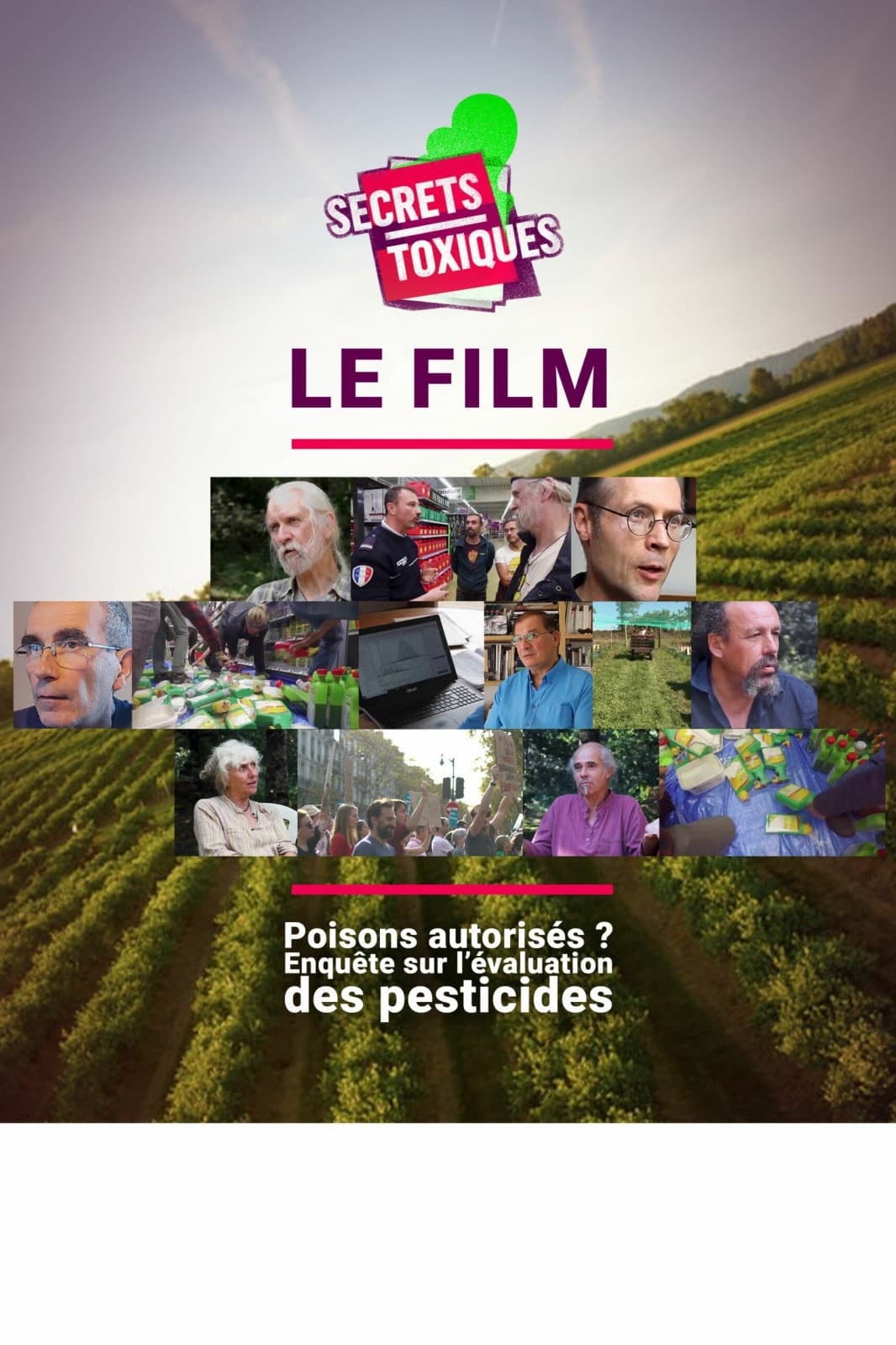
Increase of chronic diseases, loss of biodiversity, extinction of bees... for a few years, the consequences of pesticides mass use are compelling public opinion. How to explain their effects on human health and biodiversity, whereas EU regulations forbid the spread of every harmful product ?
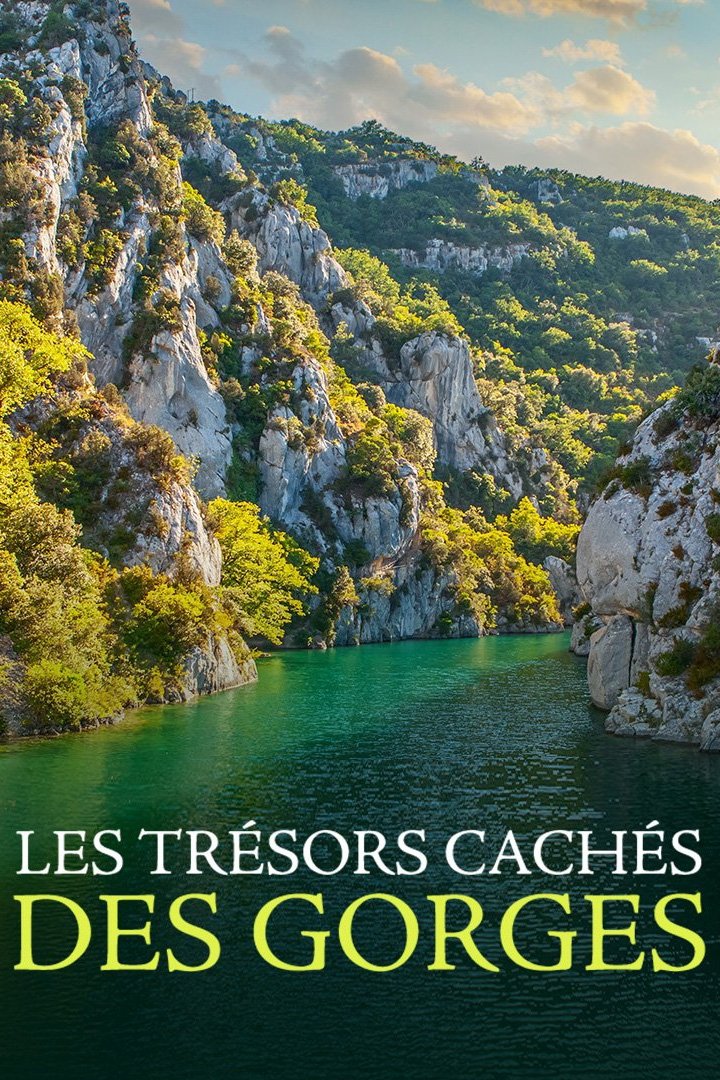
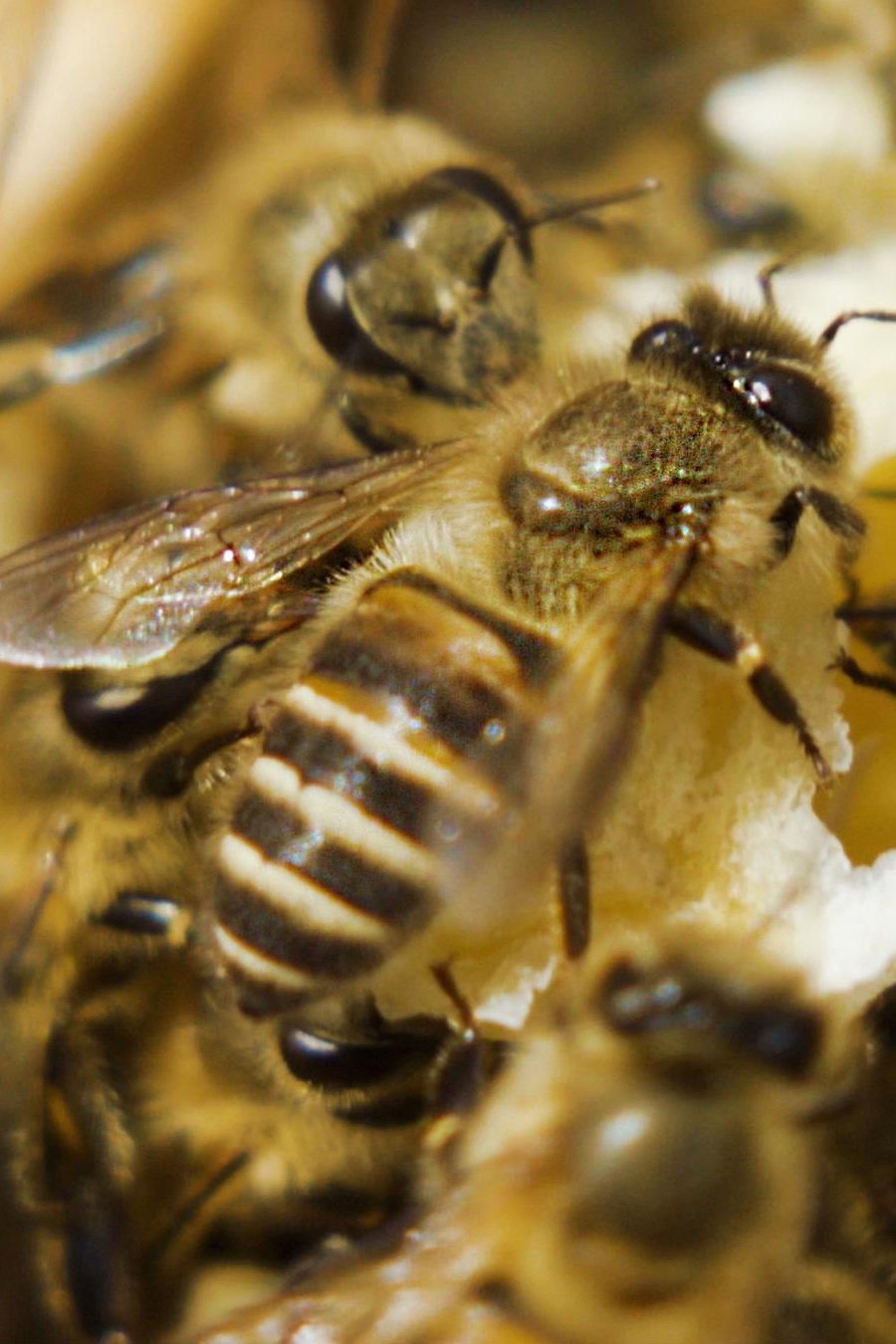
There are numerous alerts and alarms. We now know that bees are endangered throughout the world. What are the possible solutions? How can humans respond to this situation? There are many answers, some are ubiquitous, some futuristic, others are innovative and still others embody unity and collectivity. Let's take a trip around the world to meet the different players and discover the possible solutions. The world of tomorrow will be found in the answers we find.
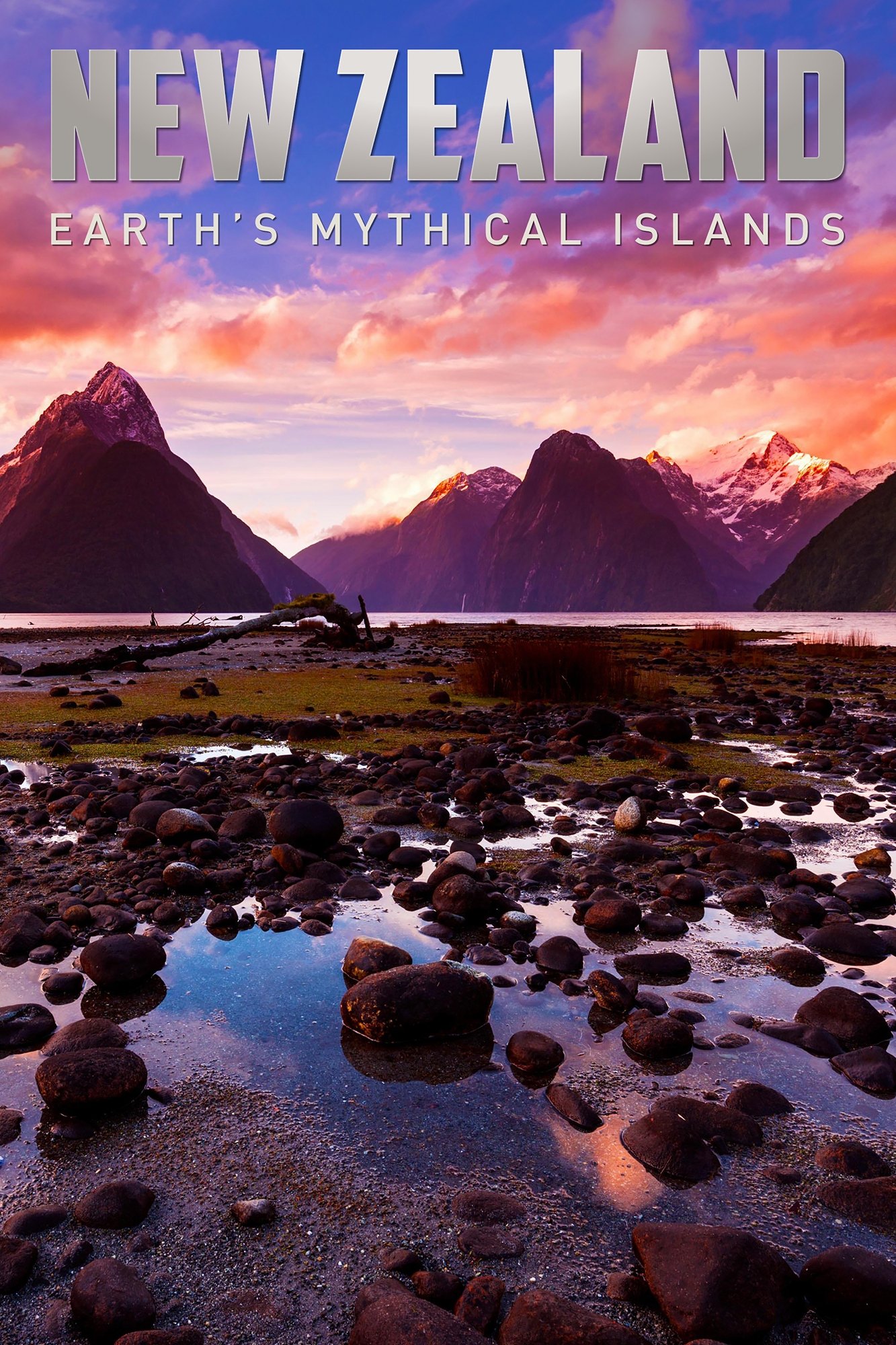
Isolated since the time of the dinosaurs, New Zealand’s wildlife has been left to its own devices, with surprising consequences. Its ancient forests are still stalked by predators from the Jurassic era. It’s also one of the most geologically active countries on earth. From Kiwis with their giant eggs, to forest-dwelling penguins and helicopter-riding sheep dogs, meet the astonishing creatures and resilient people who must rise to the challenges of their beautiful, dramatic and demanding home.
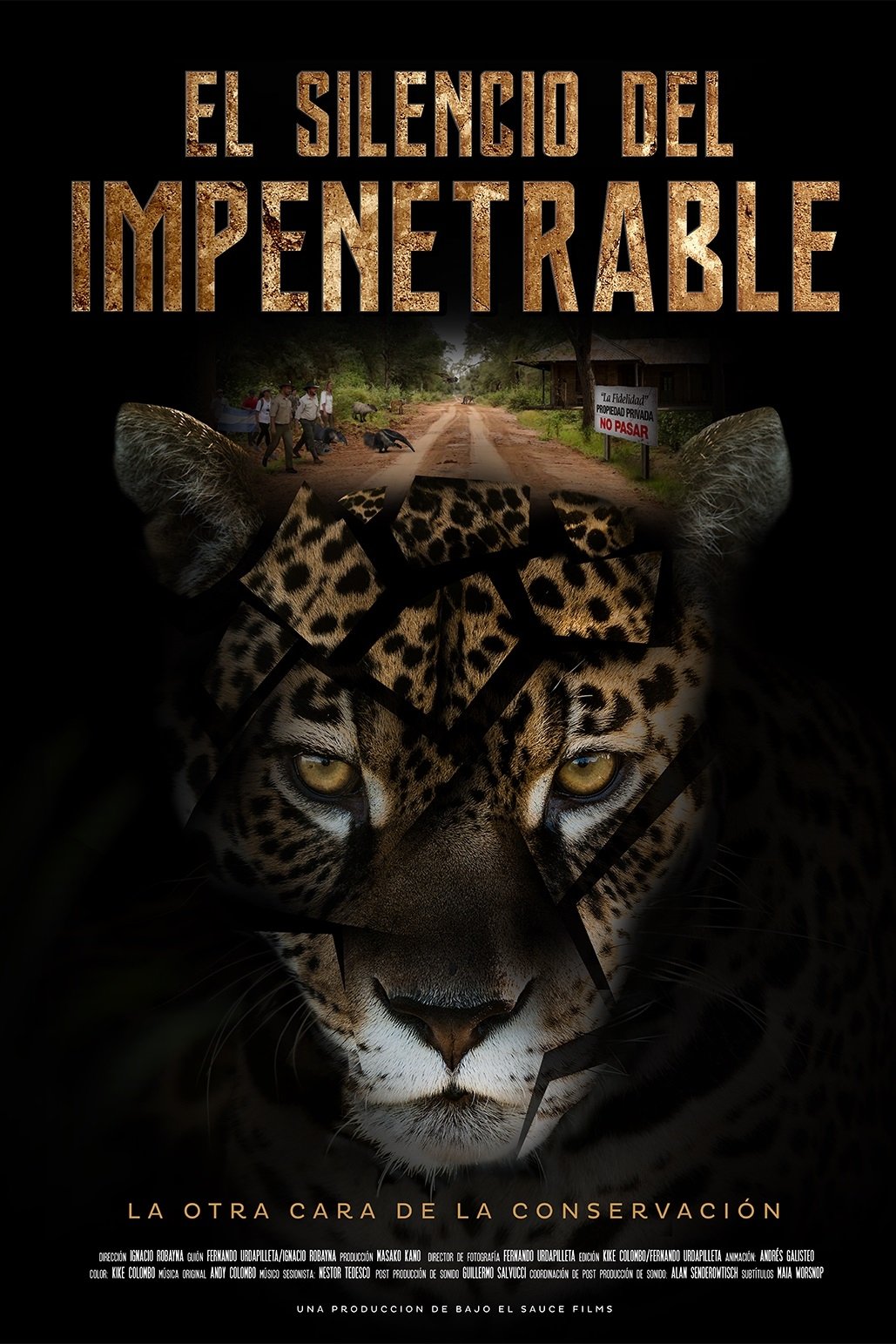
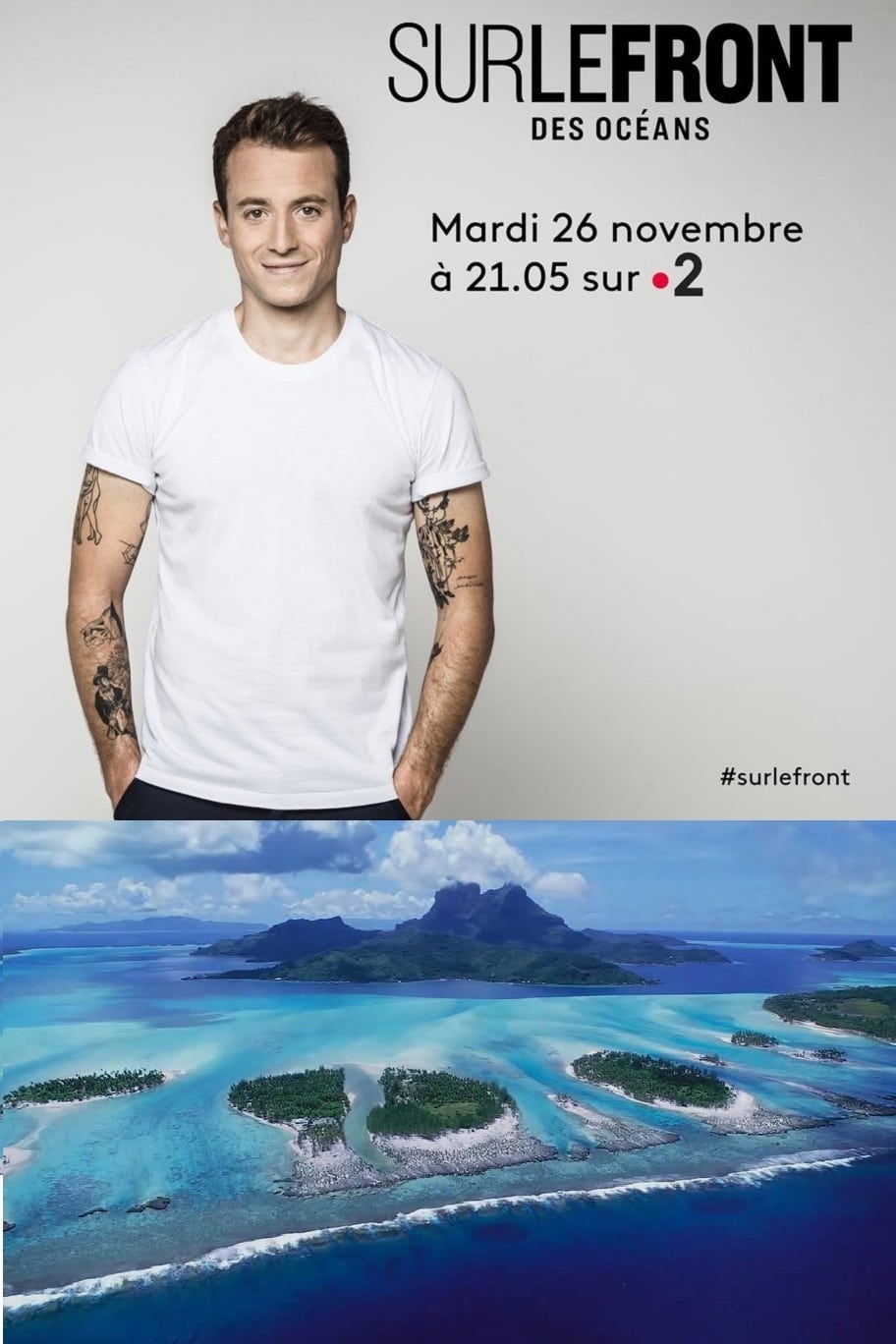


One day, a tree like any other jumps into a pair of boots and goes off for a walk inviting everyone it meets to follow.

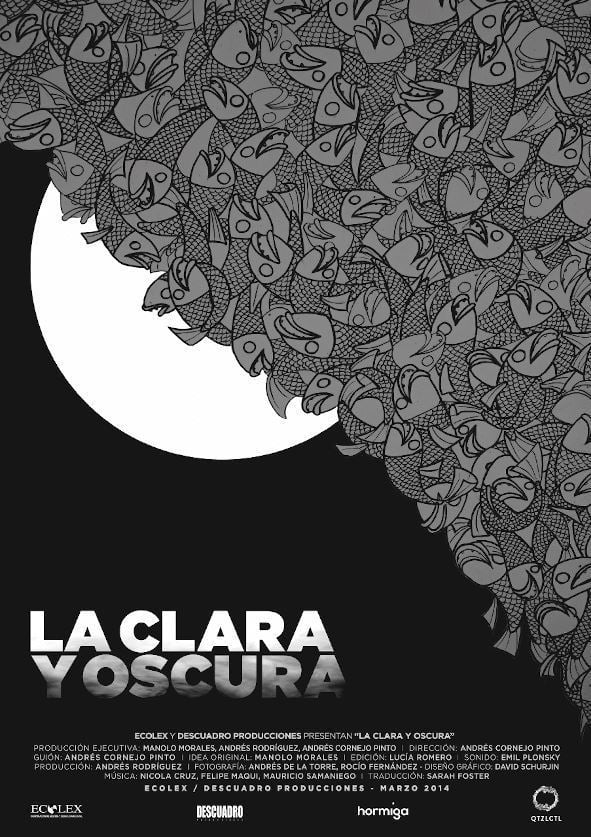
Salango is a small parish south of Manabí. What this land means to Ecuador, however, is huge. Its name is associated with the pre-Columbian legacy of the Manta Wancavilca cultures, the humpback whales that arrive each year to mate, the homonymous island and its coral reefs, the great wealth of marine fauna. It is there, in one of the places with the greatest archeological and environmental heritage of our country, where the Polar fishmeal processor has been operating for 35 years. What does not emerge from the idyllic postcards of the area is the foul smell that pollutes the air, the portrait of people sick from the factory's toxic wastes, the disgusting black smoke that flows into the sea directly from the processor pipeline. That is why it is the struggle of the few members of the community who have not given up and demand that Polar leave.
Discusses the tundra biome, highlighting its extreme climate characterized by low temperatures and a short growing season. It describes the unique adaptations of tundra wildlife, such as the muskox and arctic fox, which thrive in harsh conditions. The seasonal changes in the tundra are explored, detailing the brief summer when plant life flourishes and animals migrate to take advantage of the abundant food supply. As summer ends, the tundra prepares for the long, cold winter, leading to a decline in wildlife activity and the migration of many species.
Discusses the temperate deciduous forest biome, highlighting its seasonal changes and the interdependence of plant and animal life. It explains the characteristics of the forest, including its layers of vegetation and the life cycles of various species. The video details how trees, particularly deciduous ones, influence the ecosystem, how animals adapt to seasonal changes, and the cyclical nature of life in this biome, from spring growth to winter dormancy.
By browsing this website, you accept our cookies policy.